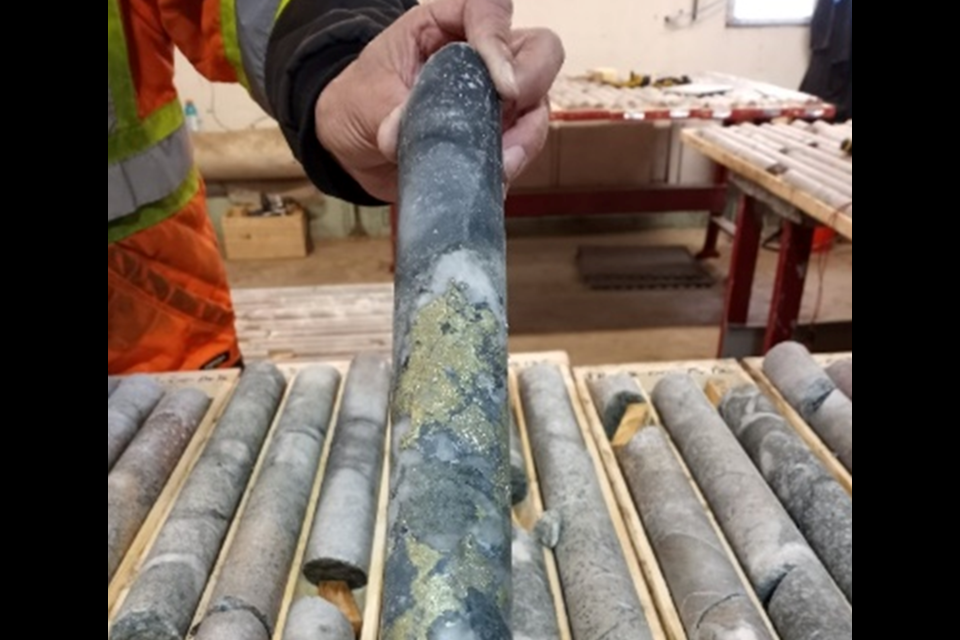The former Tribag copper mine, north of Sault Ste. Marie, is the focus of a Toronto junior miner and the first exploration program in that neck of the woods in 50 years.
Stone Gold Inc. recently reported hitting copper mineralization from diamond drilling this spring near the former mine site, some 80 kilometres north of the city.
Results are still pending from the 4,000-metre diamond drill program that the company started in mid-April to determine the grade and the depth of the untapped resources that still remain.
The exploration outfit has put together a 21,000-hectare claims package of copper and gold prospects in the Batchawana Bay area on the eastern shore of Lake Superior, inland from Mamainse Harbour.
Two former copper mines are on Stone Gold’s Copper Road Project, the Tribag and the Coppercorp. Both operated in the 1960s and early 1970s until falling copper prices forced their closure.
Though the area has always had great mineral potential, it has been relatively underexplored over the years. It’s on the eastern fringe of the Midcontinent Rift, a 2,000-year geological structure that formed Lake Superior and has spawned many mines.
Company president-CEO John Timmons believes its Copper Road can “deliver a sizeable copper deposit” since the area has seen limited exploration since the 1970s.
According to the company, the area around the two former mines was closed to staking from the early 1970s to the early to mid-2000s.
Sign up for the Sudbury Mining Solutions weekly newsletter here.
During its heyday, the former Tribag Mine produced 1,218,000 tons of copper, grading 1.52 per cent, from 1967 to 1974. The Coppercorp Mine once produced 1,000,000 tons of copper, grading 1.16 per cent, from 1965 to 1972.
The company also has a gold prospect nearby, the 2,000-hectare Glenrock Gold Project on a Archean greenstone belt that shows some promise.
The global demand for copper, used in consumer electronics and in manufacturing electric vehicles, is steadily increasing. This month, its price was hovering in the US $4.30 per pound ($9,600 per tonne).
That spurs junior mining companies like Stone Gold to re-evaluate former mining camps and expose them to more modern exploration techniques.
Geologically speaking, the former Tribag Mine is described as a porphyry-style copper deposit, consisting of four breccia zones: Breton, West, East and South.
Copper production at Tribag predominately came from the Breton Breccia.
Want to read more stories about business in the North? Subscribe to our newsletter.
In the early 1970s, Teck Resources made a rough estimate that the Breton Breccia contained 40 million tonnes of copper, grading between 0.3 per cent and 0.4 per cent, down to a depth of 1,000 feet.
Stone Gold is interested in exploring other nearby breccias for copper, gold and silver.
“Holes 1 and 2 from the first drill program in 50 years at the Breton Breccia are currently at the assay lab,” said Timmons in a recent news release. “Drilling has re-commenced on Hole #3 to test directly under the centre of the Breton Breccia, which was not historically mined.
“Our goal is to establish copper mineralization at the Breton Breccia, which is one of six known breccias in the Tribag Zone…the first of three mineralized zones to be drill tested across the 21,000-hectare Copper Road Project, which contains two past producing copper mines.




